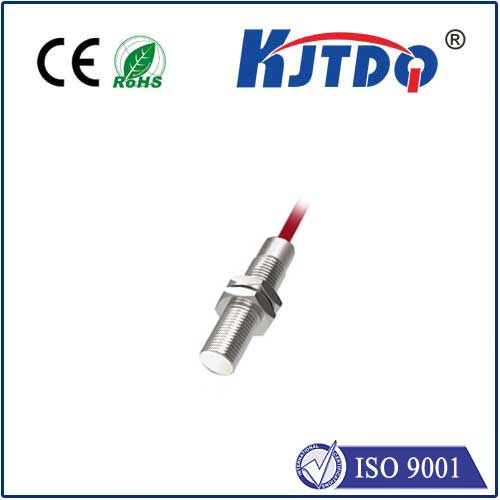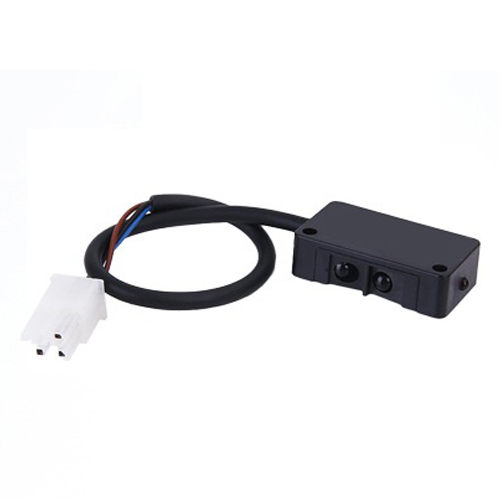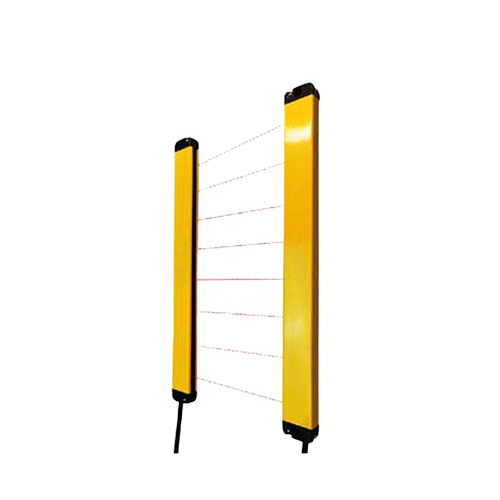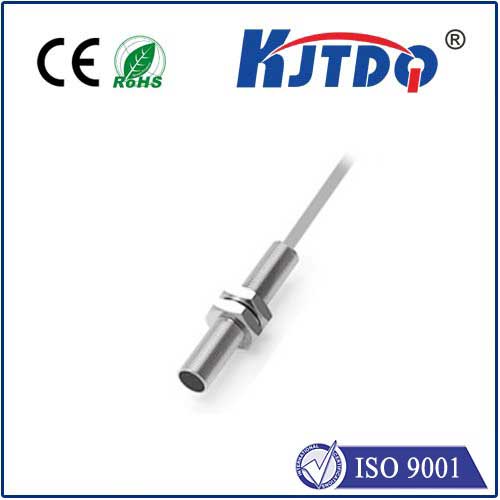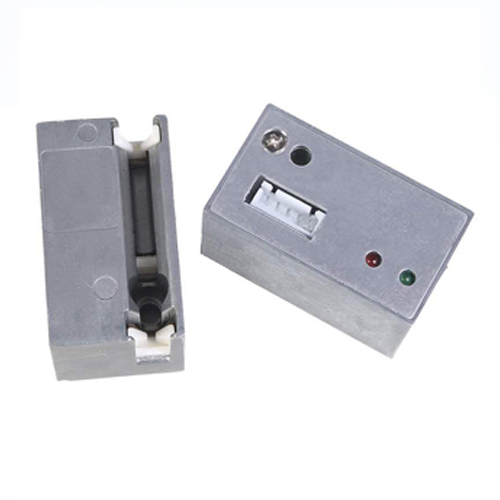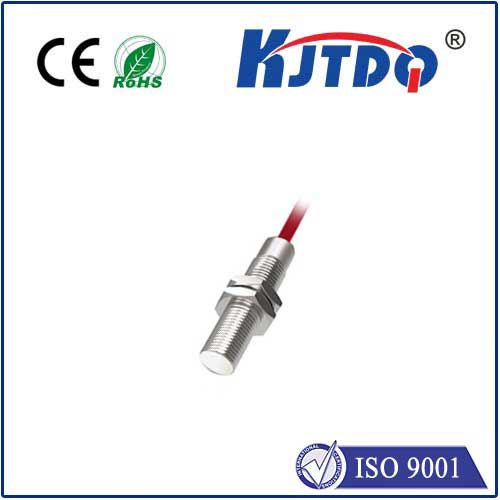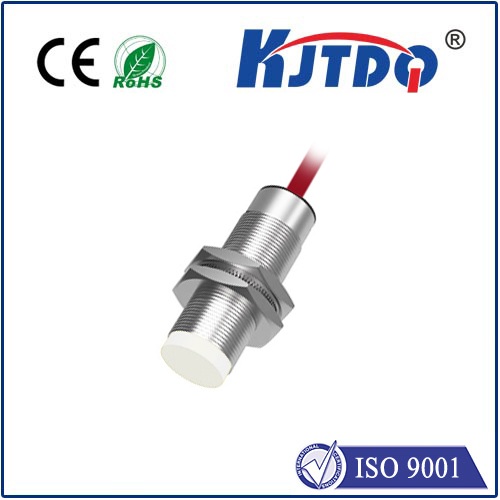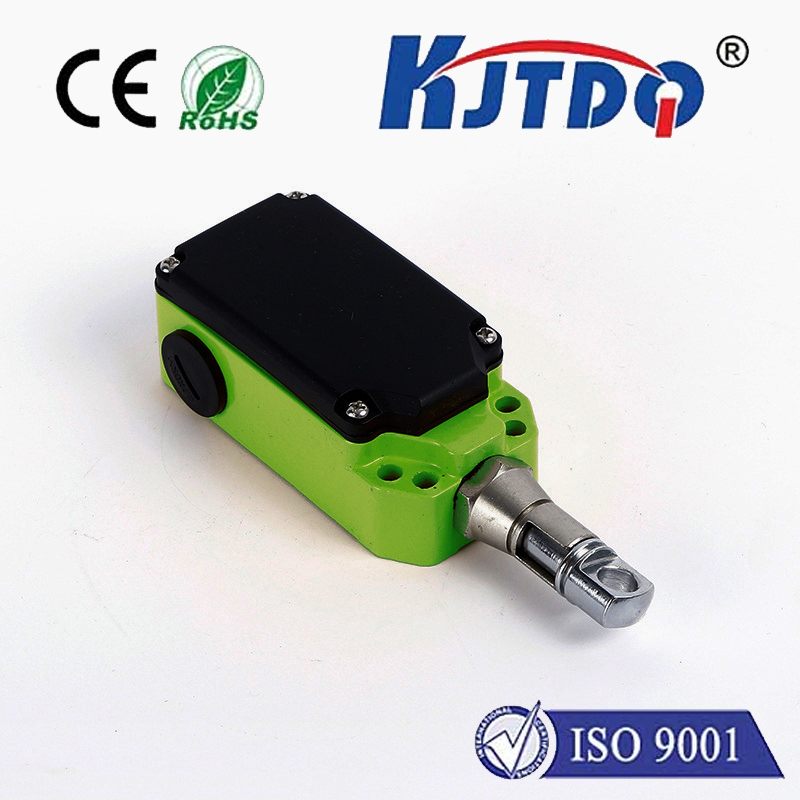Переключатель 2no 2nc
- time:2025-07-31 01:50:59
- Нажмите:0
The Versatility Advantage: Understanding 2NO/2NC Limit Switches
Imagine a critical safety gate on a high-speed robotic assembly line. If that gate opens unexpectedly, production must halt instantly to prevent catastrophic damage or injury. But what if the single sensor monitoring the gate fails? This scenario highlights a fundamental challenge in industrial control: the need for reliable, redundant signals. Enter the 2NO/2NC limit switch – a powerhouse component offering unparalleled flexibility and fail-safe operation in demanding electrical circuits.
At its core, a limit switch is an electromechanical device activated by physical contact (e.g., a machine part reaching its end position, a door closing, or a guard being properly latched). Its job is to send a clear electrical signal – either “ON” or “OFF” – to a control system like a PLC (Programmable Logic Controller) based on its state (actuated or released). The terms “NO” (Normally Open) and “NC” (Normally Closed) describe the default state of the switch’s electrical contacts when the actuator is in its rest position (not pressed).
- Normally Open (NO) Contact: This contact is open (no current flows) when the switch is not actuated. When the actuator is pressed (e.g., a machine part hits the lever), the contact closes, allowing current to flow. Think of it as a gate that opens only when triggered.
- Normally Closed (NC) Contact: This contact is closed (current flows) when the switch is not actuated. When the actuator is pressed, the contact opens, interrupting the current flow. Think of it as a gate that’s normally open but closes when triggered.
А.2NO/2NC limit switch, therefore, is a single switch mechanism controlling four independent electrical contacts housed within one body:

- Two Normally Open (NO) Contacts: These close when the switch is actuated.
- Two Normally Closed (NC) Contacts: These open when the switch is actuated.
This configuration provides a powerful set of options within one compact device.
Why Choose 2NO/2NC? Unlocking Key Applications and Benefits
The true power of the dual-circuit 2NO/2NC design lies in its ability to perform multiple functions simultaneously or provide critical redundancy:
- Safety Redundancy & Fail-Safe Operation (Critical Feature): This is arguably the most crucial application. In safety-critical systems (like emergency stops, safety gates, or light curtains), redundancy is paramount. Using a 2NO/2NC switch allows you to wire the same safety signal through both an NO contact and an NC contact, but in complementary ways.Например:
- Wire the NC contact so that if the switch is working correctly and the guard is closed, the circuit is complete (safe state). If the guard opens OR if the switch mechanism fails mechanically (e.g., broken actuator spring), the NC contact opens, triggering the safety shutdown.
- Simultaneously, wire the NO contact so that it only closes when the guard is open, sending a “guard open” signal to the PLC for monitoring.
This dual-channel monitoring ensures that a single point of failure within the switch itself (like a stuck contact or broken spring) doesn’t compromise the safety function – a core requirement of international safety standards like IEC 62061 or ISO 13849.
- Independent Control of Two Separate Circuits: Need to control two completely different functions based on a single mechanical action? A 2NO/2NC switch is ideal.
- Example 1: When a machine carriage reaches its end-of-travel position, one NO contact could stop the drive motor (Circuit 1), while an NC contact could simultaneously energize a pneumatic clamping cylinder (Circuit 2).
- Example 2: On a conveyor diverter, actuating the switch could use one NO contact to signal the main PLC of the product’s position (Signal 1) and use an NC contact to de-energize a downstream belt (Signal 2).
- Signal Confirmation and Monitoring: The inherent complementary nature of NO and NC contacts provides a simple way for the control system to verify the switch’s operational state.
- The PLC can be programmed to expect that when an NO contact from the switch closes (signaling actuation), the corresponding NC contact must open. If this complementary action doesn’t occur (e.g., the NO closes but the NC remains closed), it indicates a potential switch malfunction (like welded contacts). This allows the system to flag a fault or initiate a safe state before it leads to a process error or dangerous condition.
- Higher Current Handling or Parallel Wiring: While not always the primary driver, having two identical contacts (e.g., 2NO or 2NC) allows for two significant advantages:
- Current Sharing: If the load on one circuit is high (e.g., directly controlling a large solenoid valve), the two NO contacts can be wired in parallel. This effectively doubles the current-carrying capacity of the switch compared to using just one contact.
- Redundancy for Availability: For critical process signals where downtime is costly (but not necessarily safety-critical), wiring two NO contacts in parallel provides redundancy. If one contact fails to close, the other might still operate, maintaining the process signal. Similarly, wiring two NC contacts in series creates redundancy for the “open” state signal. This usage focuses on operational reliability rather than functional safety.
- Complementary Signals for Complex Logic: Certain control logic schemes may require both the “presence” (NO) and “absence” (NC) signals from a single physical position to make more sophisticated decisions within the PLC program.
Key Advantages Summarized:
- Повышение безопасности: Enables dual-channel safety circuits meeting standards for reliable fault detection (high Diagnostic Coverage - DC).
- Increased Reliability: Provides contact redundancy, reducing the chance of a single contact failure causing system downtime.
- Design Flexibility: Simplifies panel design by providing multiple switching options in a single device footprint.
- Monitoring Capability: Allows the control system to detect internal switch faults through complementary signal checking.
- Functional Efficiency: Can control two independent functions driven by one mechanical action.
Where Does the 2NO/2NC Limit Switch Shine?
You’ll find these versatile switches performing critical roles across numerous industries:
- Промышленное оборудование: Safety door interlocks, end-of-travel stops for slides/cylinders, pallet positioning, tool changer confirmation.
- Перевозка материалов: Conveyor belt positioning, diverter gate status, hoist limit detection.
- Packaging: Case erector limits, filler level detection, flap folding confirmation.
- Automotive Manufacturing: Robot cell guarding, fixture clamping confirmation, automated guided vehicle (AGV) position sensing.
- Access Control: Heavy-duty door/gate position monitoring (open/closed/locked status).
Selecting the right dual-circuit limit switch involves considering factors like actuator type (lever, roller, plunger), electrical rating (voltage, current AC/DC), environmental protection (IP rating), mechanical life expectancy, and meeting relevant safety certifications for the application.
By offering two independent Normally Open and two independent Normally Closed contacts within a single robust housing, the 2NO/2NC limit switch transcends the


